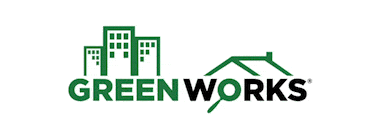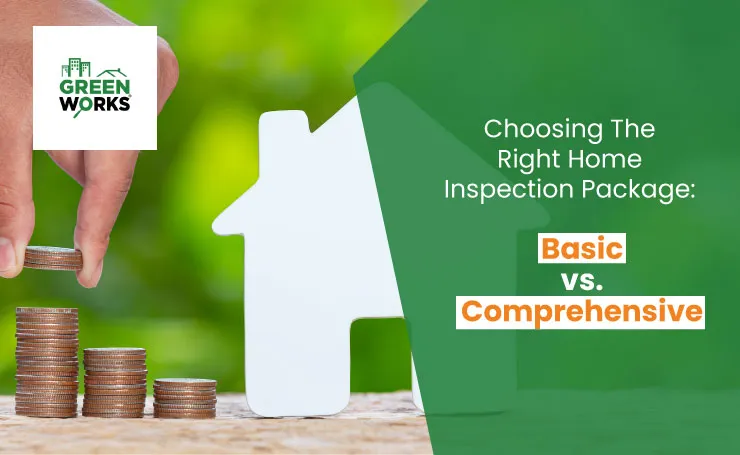Posts

What are the five steps in the home-buying process?
The home-buying process may be both exciting and stressful. Understanding the steps in detail is crucial for making a good purchase. Home-buying has five crucial steps that need focus, effort, and commitment. Getting pre-approved for a mortgage, finding the ideal home, making an offer, requesting a home inspection in Fort Worth, and concluding the deal are some steps. Each step is crucial to the home-buying process, and by following these processes, you can make wise choices and prevent expensive mistakes. We will explore each of these steps in further detail in this blog to assist you in getting ready for a stress-free home-buying experience.
Getting pre-approved for a mortgage
The first and most crucial step in home-buying is getting pre-approved for a mortgage. It is an essential step that enables prospective homeowners to determine how much money they can borrow and the size of the home they can afford. In a competitive real estate market with frequent bids and bidding wars, pre-approval also gives them a competitive edge.
Homebuyers must provide a lender with their financial details, including their income, debt, and credit score, to get pre-approved. The lender then evaluates the data to decide if the buyer qualifies for a mortgage and, if so, the maximum amount they can borrow.
One of the main advantages of getting pre-approved for a mortgage is the ability to focus their search and attention on homes that meet their budget. Also, it gives them an advantage when negotiating with sellers because it shows that they are prepared to buy and are serious about doing so. Also, since the buyer has already undergone much of the financial analysis necessary for a complete mortgage application, pre-approval can speed up home-buying.
Finding the ideal home
The second most crucial stage of the home-buying process is finding the appropriate residence location. Finding a house that satisfies the buyer’s wants and preferences can be time-consuming and challenging, but it is vital. The next stage is to start looking for the ideal property once a prospective buyer has been pre-approved for a mortgage and understands how much they can afford.
Choosing the location is the first step in selecting the perfect house. Buyers should consider factors like the neighborhood’s safety and overall appeal and its proximity to amenities like work, schools, and entertainment. The buyer can start looking for houses that fit their requirements and fall within their price range once they finalize the location.
Working with a real estate agent is one of the best ways to find the ideal property. A good agent can guide buyers through the challenging real estate market, assist them in finding houses that fit their criteria, and represent them while negotiating with sellers. The house-buying process can be more successful and efficient by agents’ access to various tools and resources, such as online property databases and listings.
Buyers must schedule private showings and attend open houses to explore potential properties. During these visits, it is crucial to take notes and photos as these will enable buyers to compare properties and make wise decisions. They can examine the property closely, evaluate its condition, and decide whether it suits their needs and preferences.
Making an offer
Making an offer is the third and most important stage in the home-buying process. The next step for a prospective home buyer is to submit an offer to buy their perfect property. Although this phase can be scary, it is necessary to guarantee that the buyer receives the best possible offer.
Finding the property’s fair market value is the first step in making an offer. This entails investigating the property in question’s condition and distinctive qualities, as well as previous comparable sales of nearby properties. The buyer can make an offer that reflects their budget and the worth of the property once they have a strong notion of the fair market value.
The proposed purchase price, conditions or limitations, and closing date should all be part of the written offer. To demonstrate their commitment to the transaction, the buyer should additionally submit a deposit. Typically held in escrow until the closing, this deposit might be used to reimburse the buyer’s costs if the sale is unsuccessful.
The seller can accept, reject, or counter the offer once it has been made. The buyer has three options once the seller counters: accept, reject, or counter again. Furthermore, the buyers and sellers can still negotiate the terms of the sale throughout this procedure.
Scheduling a home inspection
Setting up a home inspection is the fourth and most crucial stage in home buying. Scheduling a home inspection comes after the buyer submits an offer and the seller accepts it. This guarantees that the buyer is aware of the property’s actual condition and can see any potential problems before closing.
A certified home inspection company in Fort Worth, TX, typically performs these inspections. These companies are qualified and experienced to conduct a complete property inspection and spot any flaws, safety risks, or code violations. They will check the building’s exterior and interior, as well as its roof, foundation, electrical and plumbing systems, HVAC systems, and other features.
The inspection report will give a thorough assessment of the state of the property and point out any problems that need fixing. The buyer has to know this information to negotiate with the seller and ensure that they are aware of any potential maintenance or repair issues.
The buyer may decide to renegotiate the purchase price or demand that the seller make repairs before closing if the inspection turns up any substantial problems. Conversely, the buyer may choose to walk away from the sale if the issues are too significant or if the seller is reluctant to bargain.
Closing the deal
The last and final step in the home-buying process is closing the deal. This is a momentous occasion for both the buyer and the seller. In this phase, the sale’s financial and legal details are settled, and the transfer of ownership takes place from the seller to the buyer.
To confirm that any agreed-upon repairs did take place and the property is in the same condition as when the buyer made an offer, the buyer will often conduct a final tour of the property before closing. The seller must fix all problems found during the walkthrough before closure.
Once the buyer signs the documentation and transfers the money, they will get the keys to their new house. The sale proceeds will go to the seller, and the government will register the ownership transfer.
Working with an experienced real estate agent, lender, and lawyer is crucial during closing. These experts can guide the buyer through the challenging.



